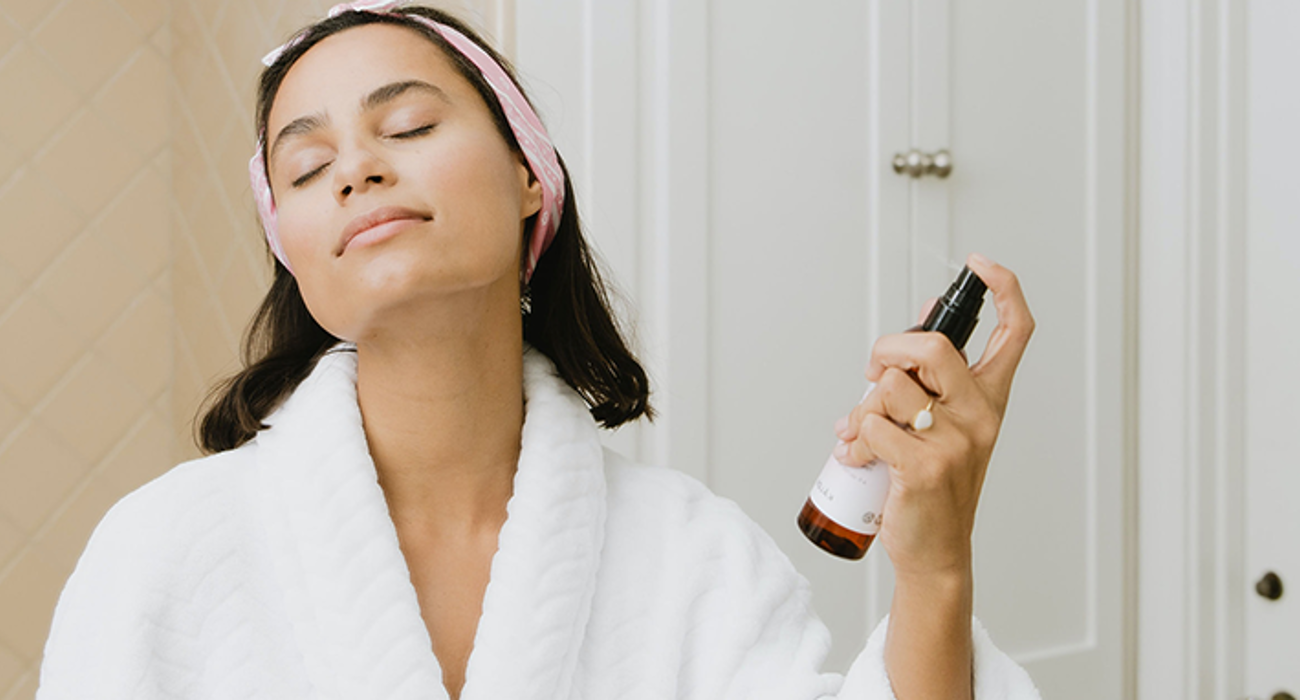It seems everyone wants a piece of the global skincare market.
From the US to the far east, traditional players and upstart indie brands wrestle for a cut of the most profitable cosmetic product category, one projected to generate roughly 177 billion US dollars a year by 2025. The competitive intensity of the market means that a great product, on its own, isn’t enough to achieve cut through. Brands need intention, a story, and a niche with international potential – something the rising phenomenon of Ayruvedic skincare can provide.
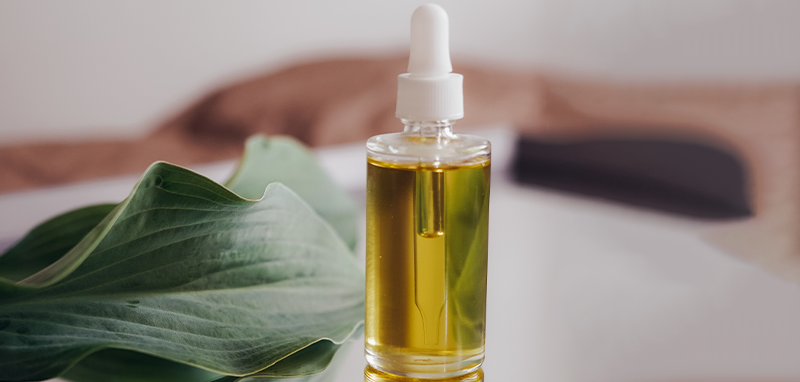
Introducing Ayurveda
Ayurveda is one of the world’s most renowned traditional systems of medicine with usage documented as far back as 200 BC. The word ‘Ayurveda’ comes to us from the ancient language of India, Sanskrit, and translates in modern English to ‘the science of everyday living’. At the heart of the practice is the philosophy that everything in life is connected and that general health and wellness are irrevocably linked to achieving balance and harmony with the body.
While sceptics may brush off the claim, it isn’t too far from what we’ve been told by modern science. Like Ayurveda, Western medicine has counselled that what we choose to put into our mind and body, either tangibly in the form of diet and exercise, or less tangibly in the form of thoughts, feelings and emotions, contributes to our overall health – and that of our skin.
Another attractive aspect Ayurveda is it’s strict use of naturally derived ingredients, which resonates well with consumers of the popular “clean beauty” trend.
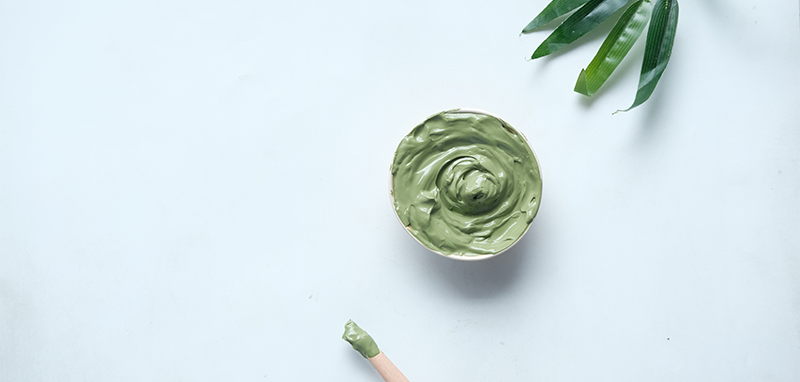
An Existing Framework for Skincare
Ayruvedic skincare isn’t a new concept. Ancient teachings introduce five ‘maha bhutas’ or ‘great elements’ – Vayu (Air), Jala (Water), Aakash (Space or ether), Prithvi (Earth), and Teja (Fire) – that interact to form three basic constitutions of the human body, known as ‘doshas’.
These three doshas – Vata, Pitta, and Kapha – are assigned to an individual at birth and inform their unique mental, emotional, and physical characteristics, including the outward expression of the skin.
- Vata (space and wind) skin: A Vata-dominant person has dry and rough skin that tends to wrinkle if not moisturised effectively through both topical applications and internal water intake.
- Pitta (fire and water) skin: People within the Pitta group tend to have oily skin that may be prone to acne and rosacea, requiring cooling ingredients that provide anti-inflammatory benefits and reductions in pimples and redness.
- Kapha (water and earth) skin: Kapha skin tends to be cold and oily, and it may be prone to pimples, whiteheads, and water retention.
What’s interesting about this framework is that unlike other beauty movements heading westward – the “glass skin” trend from South Korean K-beauty, for example – Ayurvedic skincare doesn’t have a specific cosmetic outcome. Rather, it is about taking a holistic approach to your individual health and its impact on your skin. A universal idea, and one that spans the entire length of the age and gender spectrum.
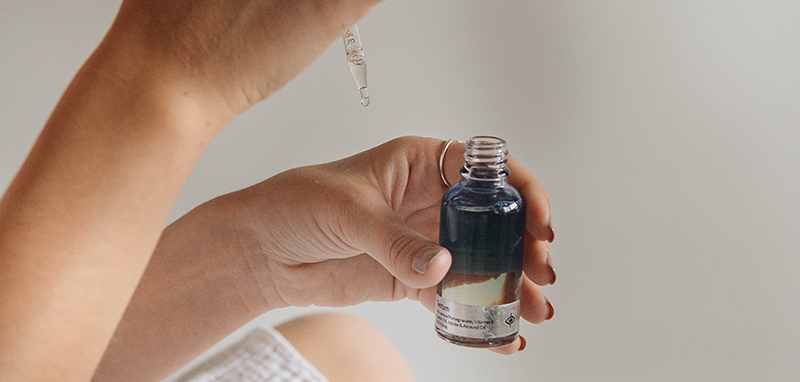
East Meets West: A Local Market Opens to the World
While we can rationalise the appeal of Ayurvedic skincare, a big question remains: is it popular? The research, and growing number of brands in the space, suggest yes.
The global market for Ayurveda products, valued at USD 6.50 billion in 2021, is projected to reach USD 21.12 billion by 2028, growing at a CAGR of 15.63% from 2021 to 2028. Whatsmore, the personal care products segment, in which skincare is housed, holds the largest market share during the forecast period. India is tipped to retain the highest demand for Ayurvedic products however there is growing interest from consumers in Southeast Asian countries, China, the US and some European nations.
One brand paving the way for Ayurvedic skincare is Forest Essentials, labelled by Vogue as ‘the first luxury Indian skincare brand to go global’. The company commands a network of over 100 standalone stores across 29 cities in India and opened their first UK outpost at London’s Covent Garden in November 2022, with 12 more to follow in the UK by 2024. A peek into their financials offers explanation for the rapid expansion: the brand has experienced double-digit growth YoY since receiving funding from Estée Lauder Companies in 2008.
Following in the footsteps of Forest Essentials are a legion of international indie brands. In the prestige space, Sahajan (US) has received coverage from Vogue, Elle, Byrdie Beauty and Oprah Magazine, while Ranavat (US) debuted in the holy ground of cosmetics, Sephora, this past August. At a more accessible price point are Urban Veda (UK), Paavani (US), and Soul Tree (India).
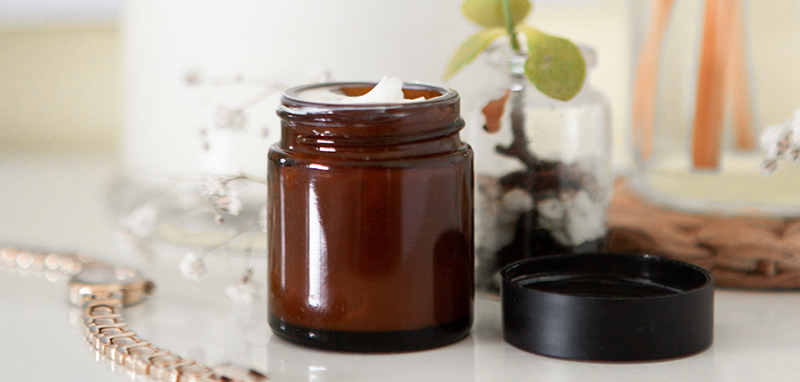
The Future of an Ancient System
A significant barrier to the mass market uptake of Ayruvedic formulations is the complexity of the system and the education required to understand it. One way around this could be the marriage of the holistic nature of Ayurveda with modern science, winning over would-be Western sceptics with language they expect and understand. About Time We Met, a skincare venture from Quintis Forestry with Indian Sandalwood (Santalum album) at the heart of every product, is an early adopter of this approach.
“Indian Sandalwood– or Chandan in Sanskrit – has long been linked to Ayurveda. In recent years, the botanical has been rediscovered in the context of modern medicine and has demonstrated strong efficacy as an anti-inflammatory, antioxidant, antimicrobial, anti-tyrosinase, and anti-Matrix metallopolymerase (MMP)” Explains Vanessa Keith, Brand and Product Manager at About Time We Met.
“Using Sandalwood as our hero ingredient, we developed a science-backed, gender-neutral skincare range that is nearly 100% natural. It remains true to Ayurvedic teachings while meeting broader consumer demand for clean, ethical, and effective ingredients.”
Launched November 2022, it’s too early to tell what is in store for the brand – but their unique proposition might just be the catalyst needed to move Ayurveda into the mainstream. At the very least, About Time We Met could provide a valuable litmus test for the receptivity of Western consumers to this new-yet-age-old beauty movement. Watch this space.
